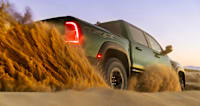Ineos Automotive is reportedly in talks with Chery to set up a deal that’ll see it be able to use one of its platforms for its delayed Fusilier off-roader.
As reported by Autocar, the British multinational carmaker is eyeing a range-extender (REEV) platform from Chery’s iCar (aka. iCaur for export markets) off-road brand.
It’s expected Ineos will repurpose iCar’s upcoming V27 REEV.
-
Another brand ditches electric car plans: Ineos Fusilier 4WD, the sibling to the Ineos Grenadier and rival to the Mercedes-Benz G580, delayed as buyers cool on EVs - report
-
If you don't love this Toyota LandCruiser 70 Series and Land Rover Defender rival you can return it for a refund... but is there a catch?
-
Popular 4WD avoids safety mandate that forced Toyota 70 Series LandCruiser to adopt AEB and spelt the end of the Mitsubishi Pajero Sport, ASX, Suzuki Vitara and Swift Sport in Australia
At 4.8m long and just under 2.0m tall, this off-roader is slightly larger than the original Fusilier concept, but still smaller than the existing Grenadier wagon.
The iCar V27 reportedly has a total system output of 335kW in dual-motor all-wheel form and comes with either a 22kWh or 33kWh battery pack, depending on the variant.
It uses a 1.5-litre turbocharged engine as a generator when its battery pack runs out of the charge.
The V27 can reportedly travel up to 200km on electric power alone, according to CLTC testing.
It’s unclear where Ineos will build the Fusilier if it’s based on the same platform as the iCar V27.

It could repurpose its facility in Hambach, France, to assemble the Fusilier with iCar platforms sent over from China.
The car could also be built over in China, but if it is the case it would attract tariffs in Europe.
The original Ineos Fusilier was revealed back in early 2024 and was claimed to offer both electric and range-extender options.
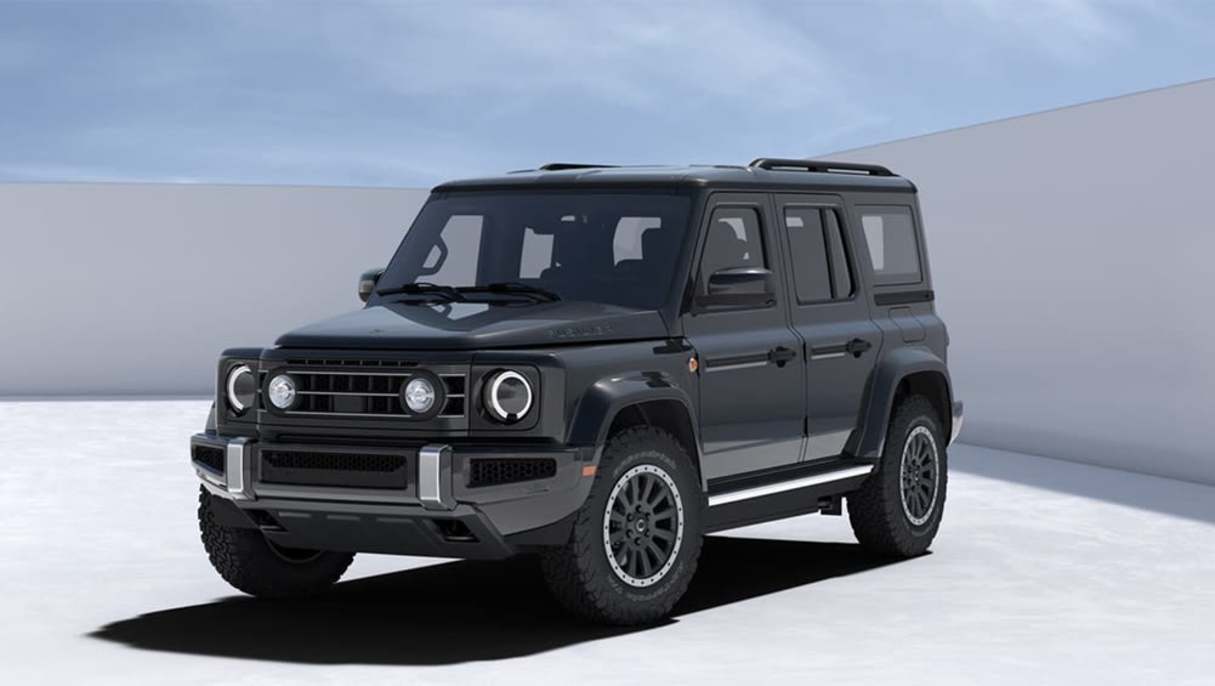
Initially planned for a 2027 launch, Ineos pumped the brakes on development last year due to cooling demand for EVs and uncertainty around tariffs.
At this stage it has been radio silence on this front until now.
If Ineos does launch the Fusilier it will finally give it a crucial low-CO2 model that’ll see it comply with tightening emissions regulations in Europe and the UK.
.jpg)
The company currently manages the regulations by selling some Grenadier models as commercial vehicles, allowing it to qualify as a low-volume manufacturer which has less strict emissions regulations.
In Australia, Ineos sells the Grenadier as a NB1 medium goods vehicle in Australia which allows it to be exempt from the recently implemented New Vehicle Emissions Standard (NVES).
It also allows it to be exempt from certain safety regulations for autonomous emergency braking and pole side impact performance.







.jpg)
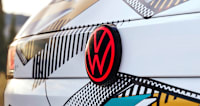

.jpg)
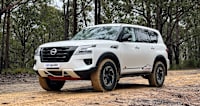

.jpg)
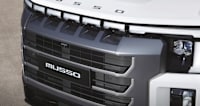


.jpg)



.jpg)


.jpg)
